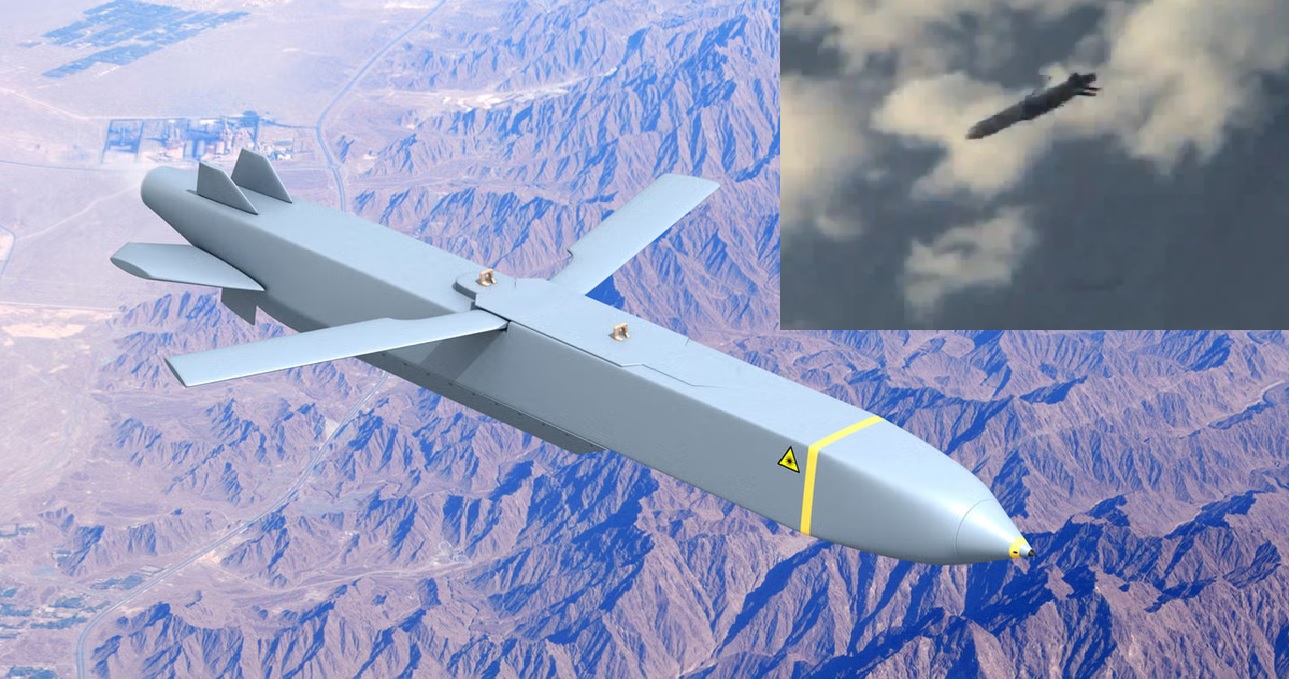India Quietly Launches Fourth Nuclear Missile Submarine Codenamed "S4"

India has taken another significant step in strengthening its nuclear deterrence by quietly launching its fourth nuclear-powered ballistic missile submarine (SSBN), codenamed S4, at the Ship Building Centre in Visakhapatnam. This move comes at a time when geopolitical tensions are rising in the Indo-Pacific region, and India finds itself embroiled in a diplomatic spat with Canada. The launch of the S4 adds another crucial layer to India’s nuclear triad, enhancing its sea-based deterrence capabilities.
The launch, which took place on October 16, 2024, marks a pivotal moment for India's defense strategy. The submarine is part of a larger effort by the Indian Navy to modernize its underwater fleet and ensure a credible second-strike capability in the event of a nuclear confrontation. This fourth submarine joins its predecessors—INS Arihant, INS Arighat, and the soon-to-be-commissioned INS Aridhaman—in patrolling the Indian Ocean, acting as a vital deterrent against potential adversaries like China and Pakistan.
A Quiet, But Powerful Launch
India’s nuclear submarine program has always been shrouded in secrecy, and the S4 launch was no exception. Despite the fanfare surrounding India’s defense advancements, this launch was deliberately low-key, possibly due to the ongoing diplomatic row with Canada. However, the significance of this event is not lost on strategic analysts, especially given the escalating competition in the Indo-Pacific.
The newly launched S4 is an advanced version of the Arihant class, boasting nearly 75% indigenous content. This makes it a testament to India’s growing defense manufacturing capabilities, aligning with the government’s "Make in India" initiative. The submarine is equipped with the formidable K-4 ballistic missiles, which have a range of 3,500 kilometers. These missiles, launched vertically from the submarine, enable India to strike deep into enemy territory while remaining undetected in the ocean depths.
In contrast, the earlier INS Arihant was armed with shorter-range K-15 missiles, which could only reach up to 750 kilometers. The evolution in missile capability, coupled with the submarine’s unlimited endurance, means that the S4 can stay submerged for extended periods, limited only by crew fatigue, food supplies, and maintenance requirements. This positions the S4 as a potent force capable of delivering a nuclear strike from virtually anywhere in the Indian Ocean.
India’s Growing SSBN Fleet
The S4 is part of a broader plan to expand India’s nuclear submarine fleet. While it is the last of its class, India’s SSBN program is far from complete. The government has already set its sights on building the next generation of nuclear submarines, which will have double the displacement of the Arihant class (6,000 tons) and will carry more advanced ballistic missiles with ranges exceeding 5,000 kilometers.
This focus on sea-based nuclear deterrence is a response to the increasing vulnerability of surface vessels like aircraft carriers to long-range Chinese missiles, such as the Dong Feng-21 and Dong Feng-26. These missiles are designed to target large naval assets, making it crucial for India to prioritize submarines, which are far more difficult to detect and destroy.
The Narendra Modi government’s emphasis on submarines over aircraft carriers reflects a strategic shift in India’s naval doctrine. As China expands its naval presence in the Indian Ocean—reportedly with 10-11 PLA warships patrolling the region monthly—India’s nuclear submarines are expected to play a key role in maintaining a strategic balance.
Broader Defense Upgrades
In addition to the nuclear submarines, India is also bolstering its conventional submarine fleet. The diesel-powered Kalvari-class submarines, which are quieter and more cost-effective for certain operations, are being upgraded as well. The sixth and final submarine of this class, INS Vagsheer, is set to be commissioned by December 2024. Furthermore, the government has given the green light for the construction of three more advanced diesel attack submarines in collaboration with the French Naval Group at Mazagon Dockyards.
The Cabinet Committee on Security recently cleared plans for the construction of two additional nuclear-powered attack submarines, signaling the government’s commitment to ensuring India’s dominance in the Indian Ocean Region (IOR). These submarines will serve as a crucial deterrent against adversaries in the Indo-Pacific, where China’s naval ambitions continue to grow.
The Path Ahead
With its SSBN fleet growing and a stronger focus on nuclear-powered attack submarines, India is positioning itself as a major maritime power in the region. The launch of the S4 is just the latest step in a long-term strategy to counterbalance China’s growing influence in the Indian Ocean. As the global focus increasingly shifts towards the Indo-Pacific, strategic submarines will play a crucial role in safeguarding India’s national security and ensuring stability in the region.
In the years to come, India’s nuclear deterrence capabilities, bolstered by its SSBN fleet, will continue to evolve, further cementing the country’s position as a dominant force in the Indian Ocean and a key player in global geopolitics.


